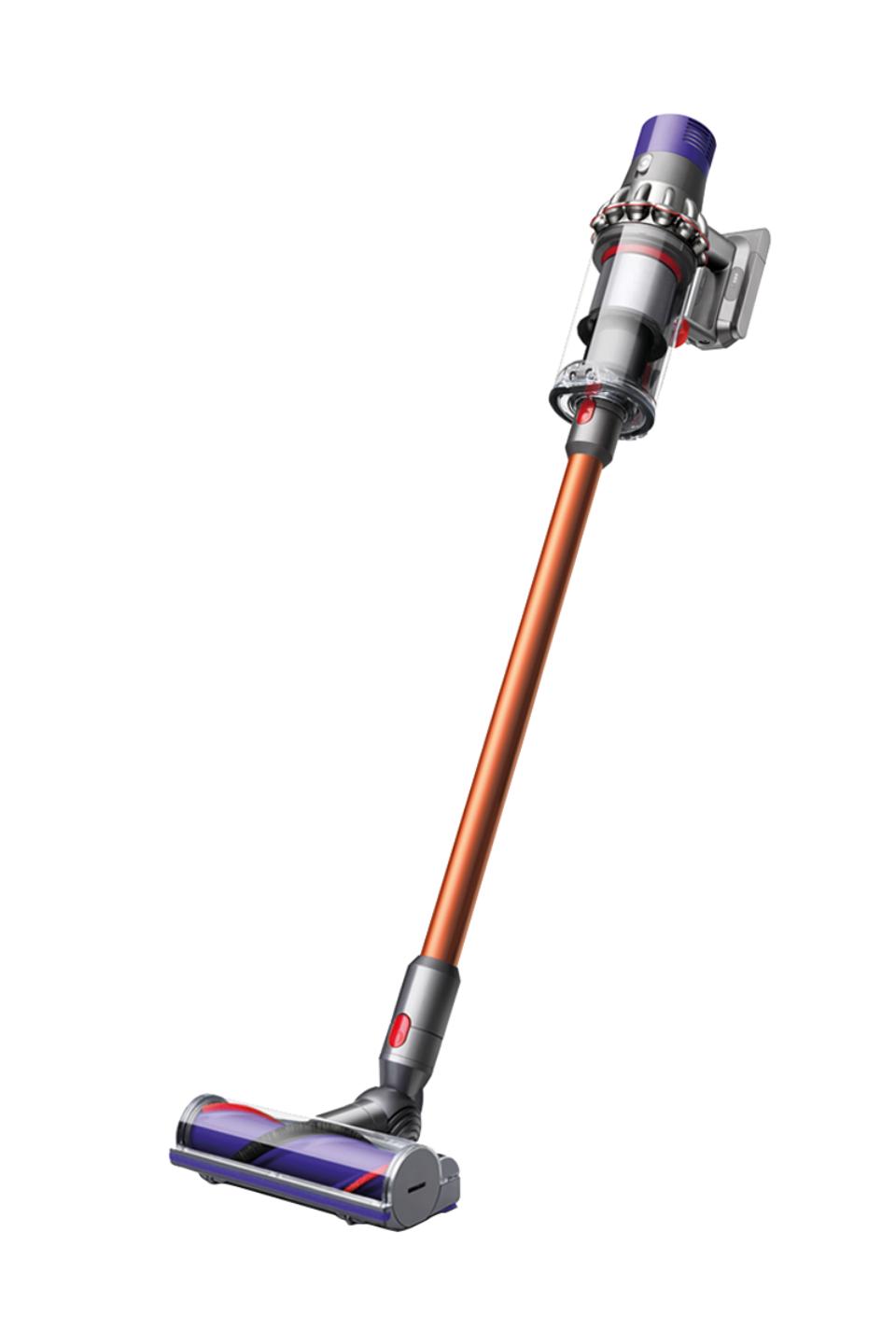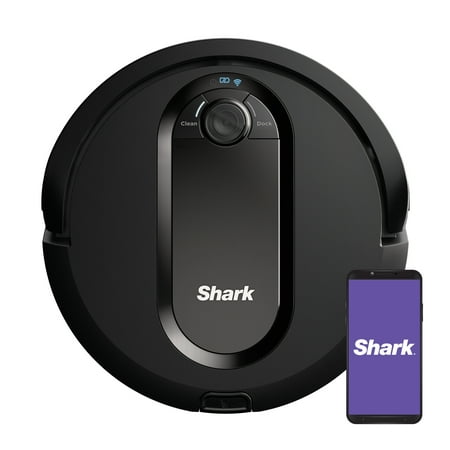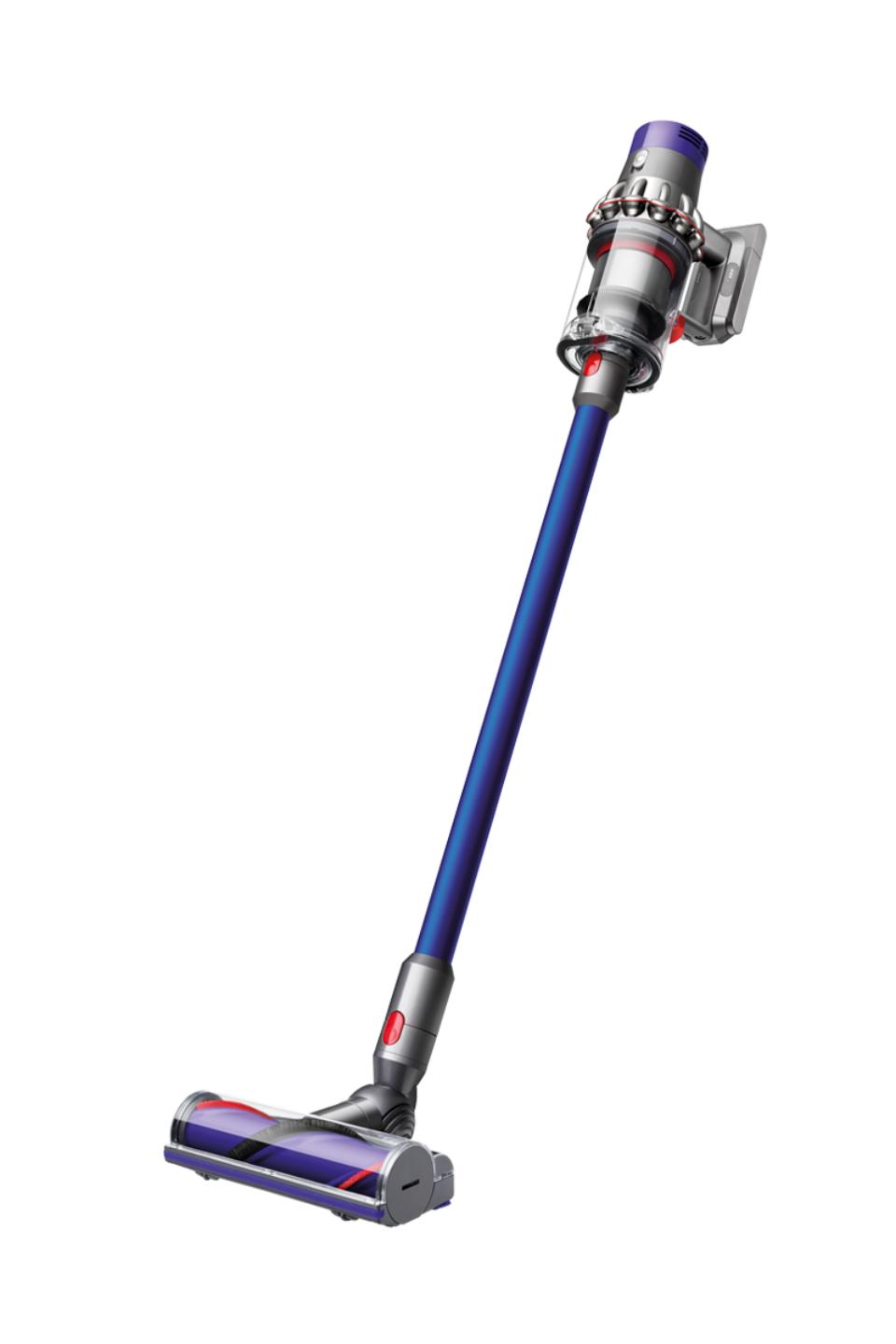Dyson Cyclone V10 Absolute Cordless Stick Vacuum – Dyson
Engineered to deep clean, anywhere. Up to 60 minutes of run time.
Two filters are included in the box to allow for uninterrupted use of your Dyson V10™ vacuum while the other filter is washed and dried. We suggest you wash your filter once a month and let it dry completely before reattaching to your machine, to keep it running at maximum efficiency.
Additional information
| Height | 250 mm |
|---|---|
| Length | 1,249 mm |
| Width | 256 mm |
| Bin volume | 0.76 L |
| Suction power | 151 AW |
| Maximum run time | 60 min |
| Charge time | 3.5 hrs |
| Run time (Suction mode 1) | 60 min |





by Mike
Replacement for a faultless fluffy . So impressed at the cleaning power and ease of emptying. 10/10 recommended.
by Gary
This product makes cleaning different areas of the House so easy.
by Adele
I bought this Hoover a year ago and was so pleased with it, bought another for my father in law. Small, powerful, lightweight but exceptional cleaning, and with all the tools you need in a tool station, neat, tidy and compact. Highly recommend ❤️
by Steve
I bought this to replace my old V6 which hadn’t lasted particularly well and stopped working well a week after the guarantee expired ☹️. However, I love the flexibility a rechargeable vacuum cleaner affords and this one has powerful suction and a much better standard brush head.
by Robson
I am very happy with this vacuum, it is versatile & came with all the attachments I could ask for. It clears up all the dirt I find & is light enough to use any where in my home